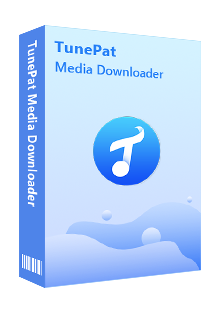

TunePat Spotify Converter
In today's digital age, music streaming services have gained immense popularity, with an increasing number of people preferring to stream music online. Among the numerous options available, Spotify and Tidal have emerged as two of the most popular music streaming services. Both platforms provide users with access to almost 100 million songs, along with various features that enhance their listening experience.
However, many readers find it challenging to decide between the two platforms. Tidal Music and Spotify differ in various aspects, such as pricing, audio quality, exclusive content, etc. In the following sections, we will delve into the similarities and differences between the two platforms to assist you in making an informed decision about which platform suits you the best.
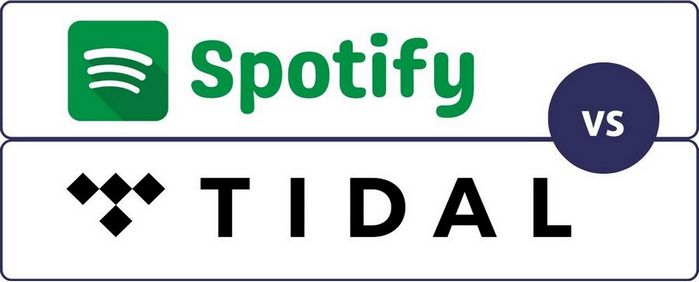
Spotify is a leading digital music, podcast, and video streaming service that was first launched in Sweden in 2008. Since then, it has grown to become one of the world's largest and most popular music streaming platforms, with a staggering 365 million active users across 178 different markets.
The development of Spotify began in 2006 when Daniel Ek, a visionary Swedish entrepreneur, set out to create a new music streaming platform. He later teamed up with Martin Lorentzon, another Swedish entrepreneur, and together they founded Spotify AB in 2007. The platform was launched in Sweden in 2008 and quickly gained traction in Europe, before expanding globally.
Spotify's mission is to provide users with an easy and affordable way to access music and other audio content, including a free, ad-supported version of the service. The platform boasts an extensive library of songs, podcasts, and other audio content, all of which can be streamed or downloaded for offline listening. Using cutting-edge algorithms, Spotify personalizes the listening experience for each user, suggesting new songs and playlists based on their listening history and preferences. (Spotify has recently released an AI DJ tool in beta, click to learn how to use it.) Additionally, Spotify integrates seamlessly with other apps and devices, such as smart speakers and car audio systems, making it easy for users to enjoy their favorite music anytime, anywhere.
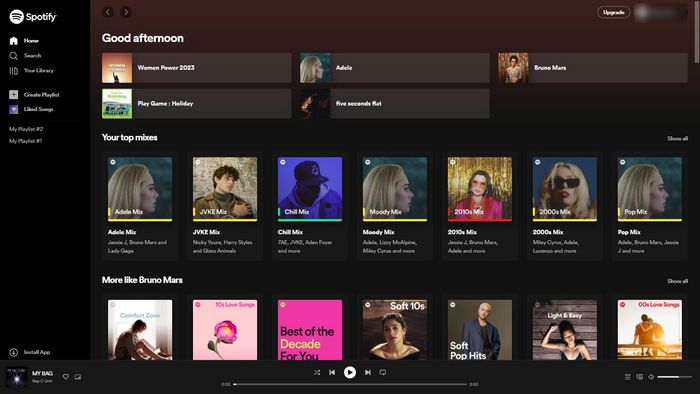
Tidal Music is a music streaming service that was originally launched in 2014 by Aspiro, a Norwegian company. In 2015, rapper and businessman Jay-Z acquired the service and subsequently re-launched it with the help of high-profile musicians such as Beyoncé, Madonna, and Rihanna.
As a subscription-based service, Tidal Music provides users with access to an extensive library of music, podcasts, and music videos. The platform offers an impressive collection of 90 million songs and 350,000 videos in high-quality audio and video formats. Tidal Music is also well-known for its exclusive content, such as live performances, behind-the-scenes footage, and artist interviews. Access to the platform can be obtained via its mobile app, desktop app, or web player.
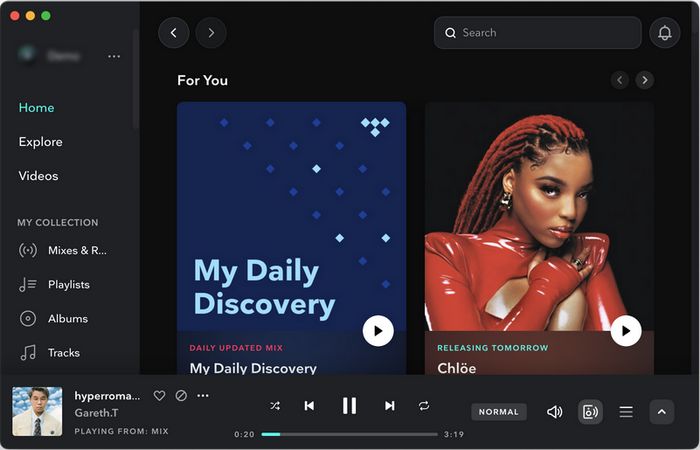
One of the key benefits of Tidal Music is its commitment to providing high-quality audio. The platform offers lossless, high-fidelity sound through its HiFi subscription, which is a unique feature among music streaming services. Additionally, Tidal has a feature called "Tidal Rising", which is designed to promote new and emerging artists, providing them with exposure and support.
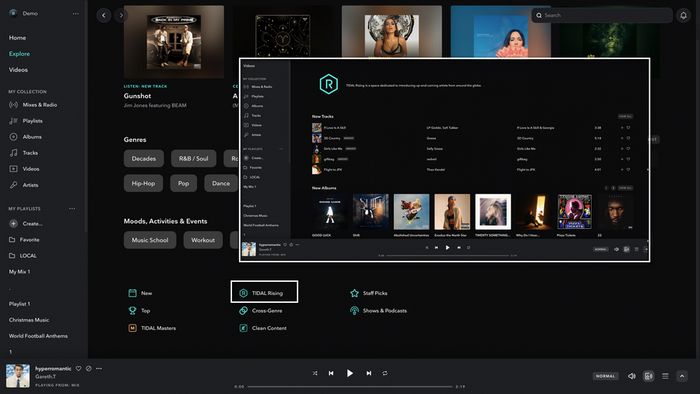
Spotify and Tidal Music are two of the most popular music streaming services available today. While they offer similar services, they also differ in several important ways. Here are the similarities and differences between Spotify and Tidal Music across several key aspects:
🢒 Subscription Type and Price
Both Spotify and Tidal Music offer a range of subscription types to their users. Spotify offers a free version (a maximum of 160kbps) of its service, as well as Premium, Family, and Student plans. Premium plans start at $9.99 per month and give users access to ad-free streaming, unlimited skips, and the ability to download music for offline listening. Family plans allow up to six accounts for $14.99 per month, while Student plans to offer a 50% discount on the regular Premium price.
Tidal Music, on the other hand, offers the following subscription types: Free, HiFi, HiFi Plus, and Family. The HiFi plan starts at $9.99 per month and give users access to songs at a quality of up to 1411kbps (CD quality). HiFi Plus costs the users $19.99 per month and this plan boosts the music quality to a maximum of 9216kbps (Master Quality Authenticated). In addition, Family plans allow up to six accounts and start at $14.99 per month for HiFi and $29.99 per month for HiFi Plus.
🢒 Library Interface and Functions
Spotify and Tidal Music both offer large libraries of music, but Tidal Music is known for its emphasis on high-quality, exclusive content. Spotify boasts over 100 million songs in its library, while Tidal Music offers over 90 million songs.
Tidal and Spotify's interfaces differ in terms of their design and layout. Tidal's interface emphasizes the album and track artwork, while Spotify focuses more on playlists and personalized recommendations. Both interfaces allow users to create and save playlists, search for specific songs, and access curated playlists and recommendations.
Moreover, Spotify has more social features than Tidal, such as the ability to follow and share playlists with friends and family, as well as view what others are listening to. Tidal, on the other hand, offers some social features such as sharing tracks and playlists on social media, but it does not have a built-in social network like Spotify.
🢒 Audio Quality for Online and Offline Playback
Both Spotify and Tidal Music offer high-quality audio for online and offline playback, but Tidal Music's HiFi plan offers lossless high-fidelity audio, which is a unique feature not offered by Spotify. Tidal Music's HiFi Plus subscription plan also offers Master Quality Authenticated (MQA) audio, which is a high-resolution audio format that is becoming increasingly popular among audiophiles.
Spotify offers a range of audio quality options, from standard quality to high quality (approximately 320kbps), depending on the user's subscription plan and device. Users can also adjust the audio quality settings in the app to optimize for data usage or audio quality.
🢒 Supported Devices
Both Tidal Music and Spotify offer their services across various platforms, including web players, desktop support for Mac and PC, as well as Android and iOS apps. Additionally, both support Google Chromecast and Apple AirPlay 2, which allows users to play their music around their homes with ease. Both services also cater to in-car audio needs, supporting Apple CarPlay and Android Auto.
Spotify used to have an edge over Tidal with Spotify Connect, which enables premium subscribers to stream their music directly to speakers, TVs, or systems, and has become a popular feature in many hi-fi and AV products, such as Sonos speakers, attracting those interested in integrating streaming into their existing systems.
However, Tidal has responded with its own feature called Tidal Connect, which also enables the direct streaming of songs to compatible hardware within the app. Unlike Spotify Connect, Tidal Connect offers unique support for casting MQA and Dolby Atmos files. While it isn't as widespread in the mass consumer electronics market, many new hi-fi products tend to launch with it these days.
After reading the above comparison between Tidal and Spotify, you may be wondering which one is the better choice for you. Ultimately, this decision depends on your personal preferences and which features you consider to be the most important.
Tidal is renowned for its high-quality streaming options, catering to audiophiles who demand the best sound possible. It offers lossless and high-resolution audio, as well as exclusive content, such as interviews, documentaries, and live performances. Tidal also places a greater emphasis on hip-hop and R&B music, making it an ideal choice for fans of these genres who value high-quality audio and exclusive content.
In contrast, Spotify boasts a larger music library with a wider variety of genres and subgenres. Its robust social and discovery features make it easier to find new music, with algorithm-based playlists and recommendations that help users discover new artists and songs. Additionally, Spotify's social features allow for sharing and collaborating on playlists with friends and other users. This makes Spotify a good option for those who prioritize music discovery and social features, as well as fans of diverse music genres.
We hope this comparison has helped you make a more informed decision about which music streaming service is right for you. By the way, whether you choose Spotify or Tidal Music, they both have a common limitation of streaming services, that is, songs are encoded in special formats and cannot be moved to other multimedia players. We strongly recommend two tools to you, namely TunePat Spotify Converter and TunePat Tidal Media Downloader.
Key Features of TunePat Spotify Converter
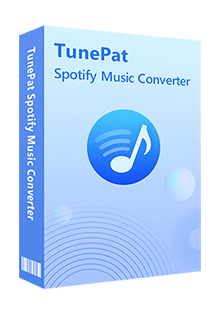
Key Features of TunePat Tidal Media Downloader
